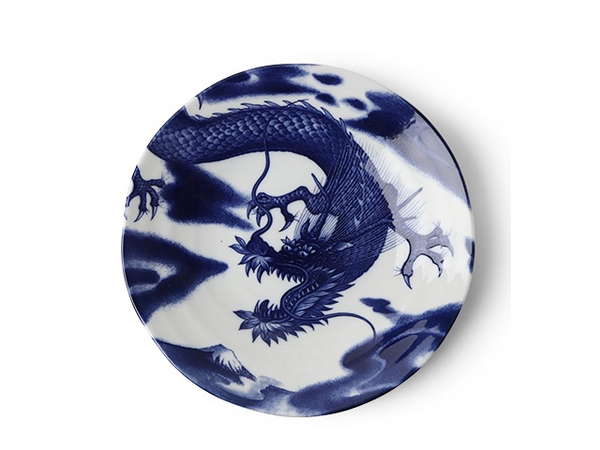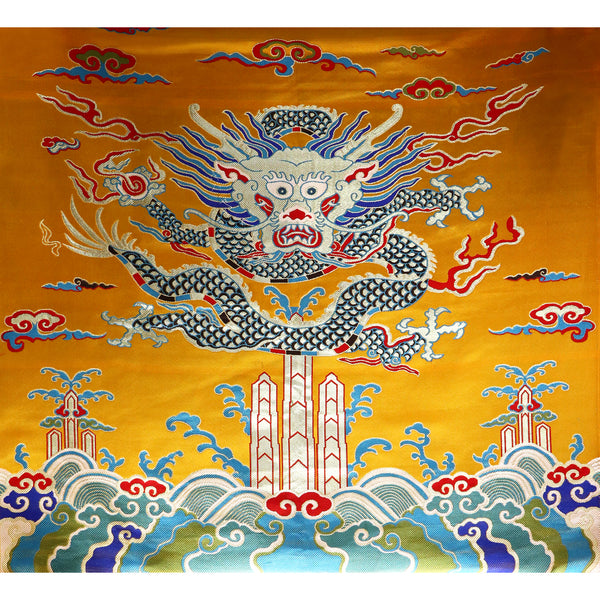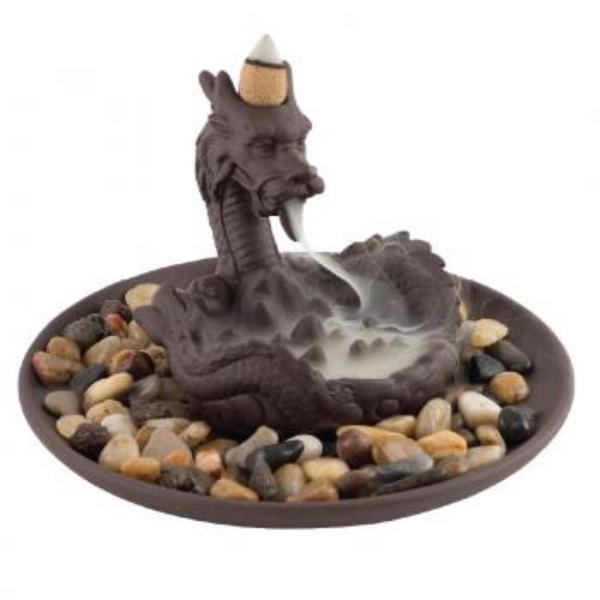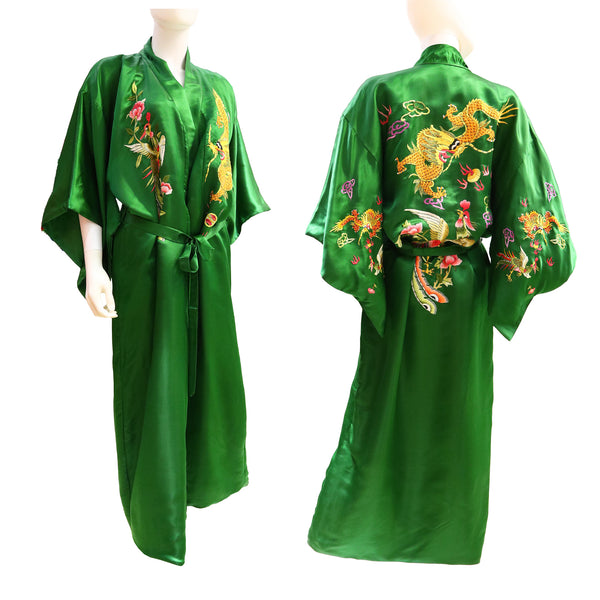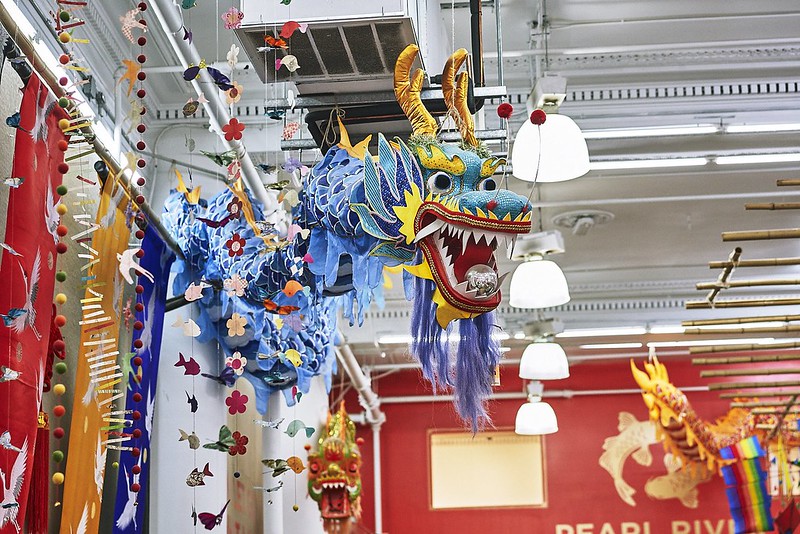
Benevolent Creatures of the Sea: 6 Things You Didn’t Know About Dragons in Chinese Culture
The Blue Dragon or Longtaitou Festival is almost here, which has gotten us thinking about dragons. While in Western culture, they're usually depicted as ferocious fire-breathers, in Chinese culture they're quite different. Here are six things you might not know about these important, mythical beings.
They’re wise and benevolent creatures
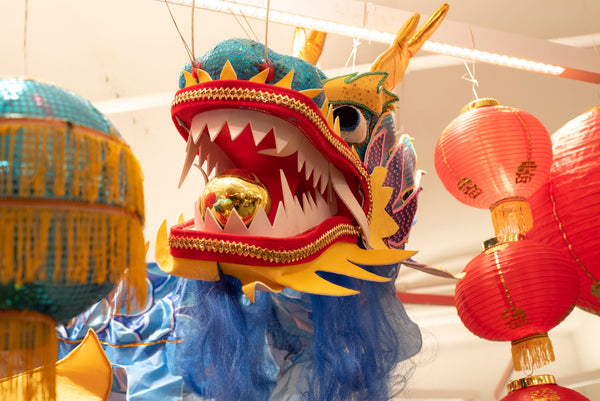
Terrifying monsters? Not quite. While indeed powerful, Chinese dragons are also benevolent, representing luck and prosperity. And that shiny pearl in its mouth? It symbolizes wisdom, enlightenment and spiritual essence.
They’ve long been associated with Chinese emperors
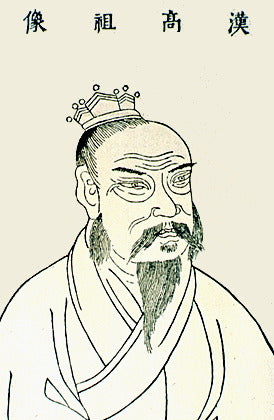
Emperor Gaozhu
As a symbol of power, dragons have long been associated with emperors. For instance, Emperor Gaozhu, the founder and first emperor of Han dynasty (202-195 BCE), is said to have been conceived after his mother dreamed of a dragon.
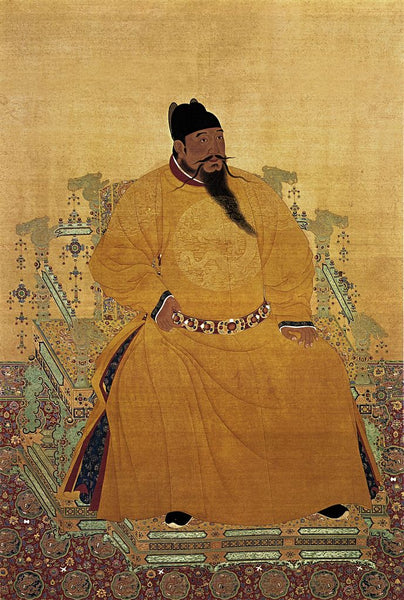
Emperor Chengzu of the Ming Dynasty in dragon robes
Throughout several dynasties, dragons remained strictly an imperial symbol, with only high officials and the emperor himself allowed to wear the dragon insignia.
It was on China’s first national flag
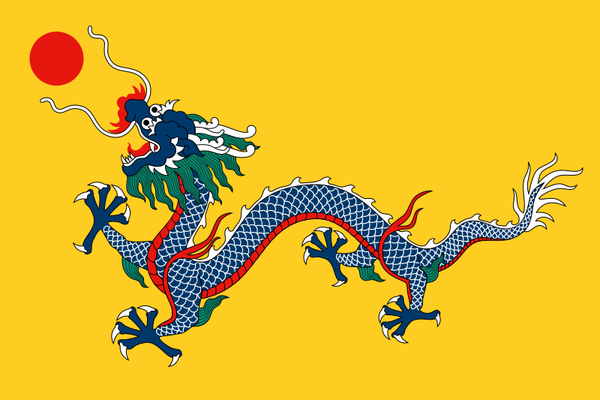
Thanks to the Qing Dynasty (1644 to 1911), this brightly colored emblem was China's first national flag. Both the dragon and yellow hue represent the emperor.
Dragons were believed to control water
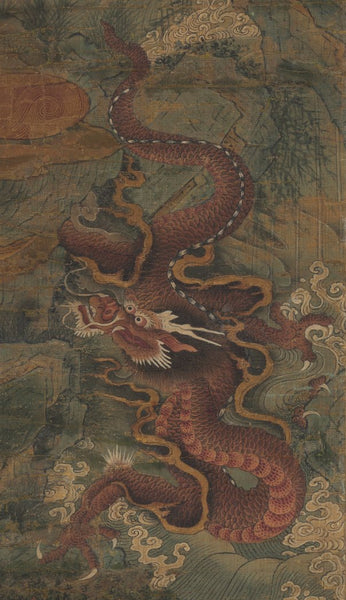
Detail from "Miracle of the Dragon"
With its resemblance to a sea serpent, it may not be surprising to learn that dragons were believed to control water phenomena, from rain to typhoons to floods, and to live at the bottom of bodies of water like lakes, rivers, and the sea.
Legend says there are four Dragon Kings
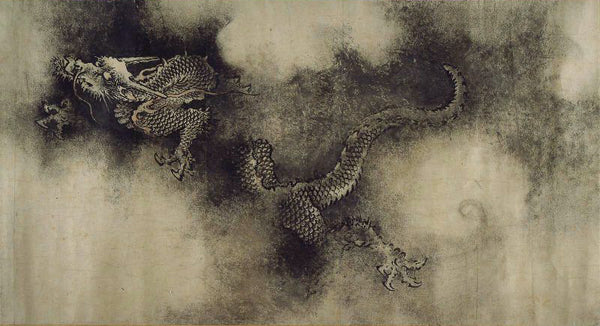
Dragon from the "Nine Dragons Handscroll"
As though being a dragon weren’t enough, Chinese myth says four Dragon Kings rule each of the Four Seas. They're also connected with a different color, direction, and season. The Blue or Azure Dragon is the God of the East, patron of the East China Sea, and the essence of spring. That’s why farmers used to pay homage to him during Longtaitou Festival, praying for a bountiful spring.
The Red Dragon is the God of the South, the essence of summer, and the patron of the South China Sea. Meanwhile the Black Dragon rules the north and is the essence of winter. Lake Baikal in Siberia is his body of water. Finally, the White Dragon is the God of the West, essence of autumn, and patron of Qinghai Lake, the largest lake in China.
Dragon dancing is different from lion dancing
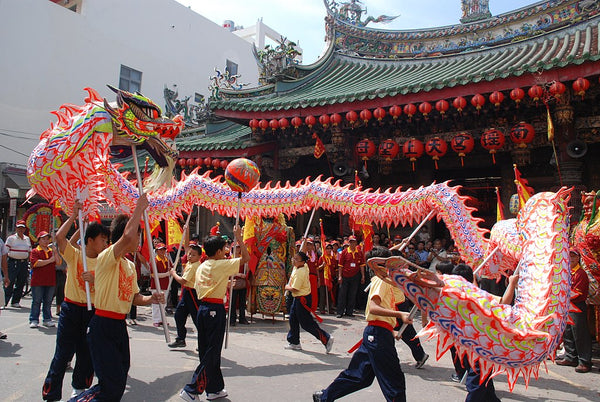
Dragon dancing (Photo by 蔡滄龍 CC BY-SA 3.0)
While the terms are often used interchangeably, dragon and lion dancing are two different, well, animals. Lion dancing involves just two performers wearing lion costumes while dragon dancing can have up to 15 performers who carry and control the dragon with long poles. Sometimes the dragon will “chase” a ball on a stick held by another performer, with the ball standing in for the pearl of wisdom.
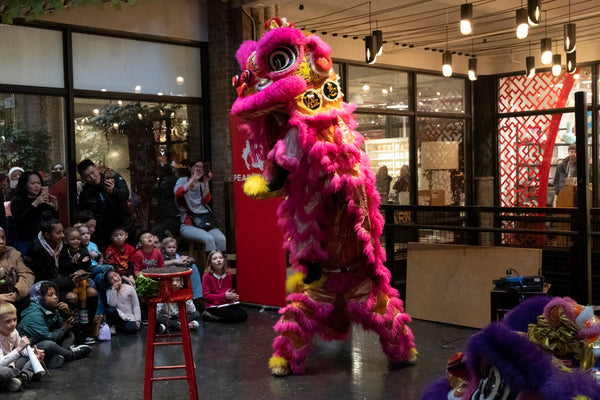
Lion dancing in Chelsea Market
While both dragon and lion dancing are performed during Lunar New Year celebrations, you’ll also see lion dancing at the opening of new businesses. During “Super Saturday” — generally the weekend after Lunar New year day — you’ll see lions in Chinatown going from store to store and restaurant to restaurant, the proprietors of which offer hong bao as a token of appreciation and for good luck and prosperity in the new year.
Want to learn more about animals in Asian culture? Check out our posts on fish, elephants, and cats!

